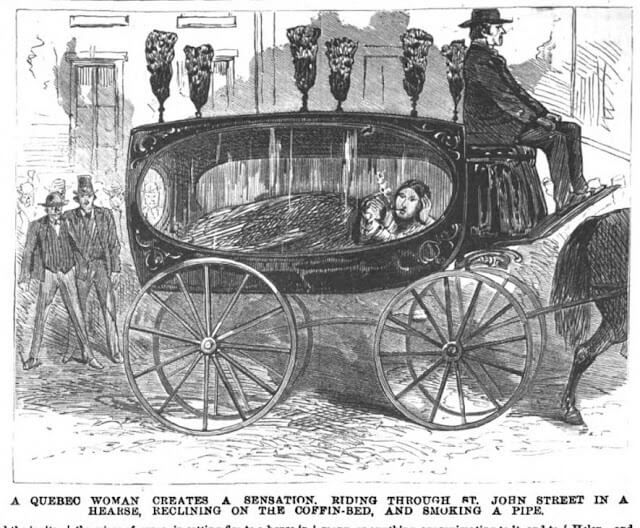Scarfolk - Whatever you do, don't.
- SomeWhat strange

- May 12, 2022
- 3 min read
Updated: May 13, 2024
Scarfolk is an imaginary town in the northwest of England, its exact location is unknown. The town never progressed past the 1970s. It is pictured as a bleak, post-industrial town with the ever-present feeling of someone watching you. There are nods to occultism and the feeling of sinister goings-on behind closed doors. It's a place that seems familiar if you lived during 1970's England with a bubbling under current of racism, sexism, xenophobia and mass paranoia as well as the paranormal and rabid children.

The town boasts haunted TV shows, surveillance owls and liver-based children's toys. All the artefacts are from the Scarfolk council's archive and are in the form of posters, pamphlets and packaging all of which reveal that 70's fear of the outside world.
Expertly photo shopped and based on existing source material they could easily be mistaken for the real thing, until you read the texts.
It was first published as a blog by graphic artist Richard Littler and has now taken on a life of its own spawning books, maps, fridge magnets and beer mats all of which carry dark ominous warnings like, 'learning is a disease' and 'books can be fatal.'

Scarfolk is a fantastic creation that is realised beautifully. It plays on the perceived fears of something that we were told was out there, but that we never actually saw. Building on Orwellian fears of big brother and occultist things that go bump in the night it conjures up nightmarish visions of a bygone era not that far away.

The term most applied to Scarfolk is hauntology (As theorist Mark Fisher notes, 'hauntology can be seen as a paradigm for the malaise of postmodernism, a static world haunted by the ghosts of the past.) It revolves around half remembered dreams that could have been reality and a yearning to reconnect with your past.... until you see it wasn't the past you wanted.

In 2014 a book appeared called 'Discovering Scarfolk.' It tells the story of a man being slowly driven to madness whilst searching for his two lost sons in the town. Darkly funny and disturbing in parts, it is told with the aid of various visuals like tatty council posters, tablet packets, fast food menus, LP covers and dog-eared book jackets. The accompanying text is a dizzying whirl of paranoia and conspiracy and becomes increasingly claustrophobic and desperate, whilst at the same time somehow managing to poke fun at local councils, the media and religious groups.
These are the final two pages of the book and I think it sums the experience up nicely....


In 2018 a stranger than fiction twist occurred and the poster on the left actually appeared in a magazine for civil servants in a feature on the history of government communications.
It was mistakenly used in the printed and online versions and the whole debacle went a bit viral. Richard told Sky News he had "no idea" how the poster ended up in the magazine and added: "I'd like to think a Scarfolk fan and/or cult member infiltrated the civil service - as my book predicts!"
As you trawl through the goldmine of images and text that is the Scarfolk blog you'll feel that most of it, although set in the 1970s, could easily be aimed at society today - racism, xenophobia, big brother, scaremongering, misinformation, it's all in there, so have we really come that far in the last 50 years?
For more information, please reread




Comments